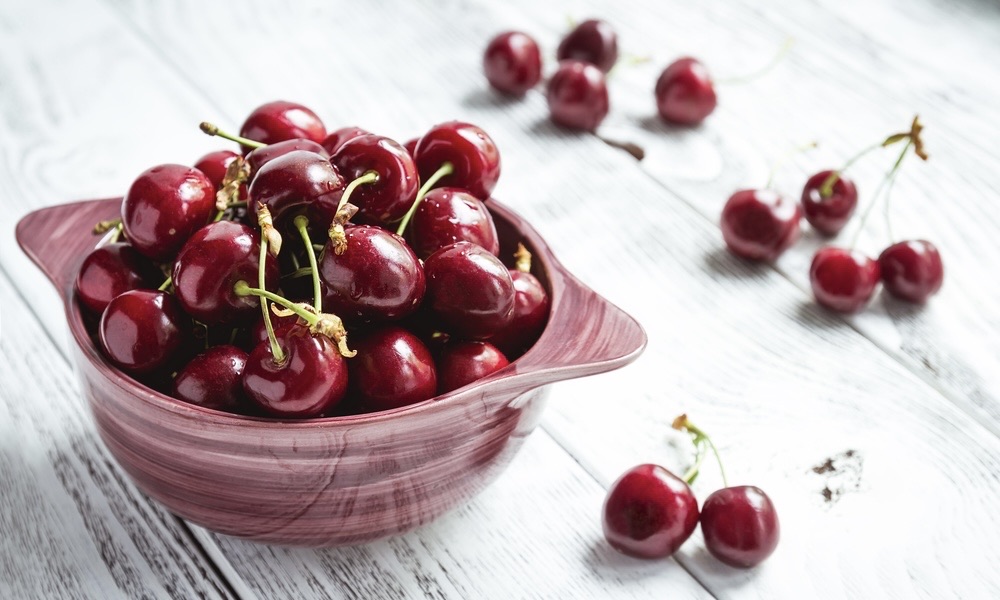Quick –cherry season’s here (but not for long)!
Cherry season in France is short, so you’ll want to be sure to grab your fill of this glorious summer fruit, which is at its juicy best in June. To help you make the most of the marchés, we bring you an at-a-glance guide to France’s very best cerises.
Read: Four of the best French cherry varieties to look out for at market
La cerise des coteaux du Ventoux IGP
Since June 2021, the cherries grown on the slopes of Ventoux have enjoyed IGP status in recognition of the strict standards their producers observe. Harvested only by hand in the foothills of Mont Ventoux, in Provence-Alpes Côte-d’Azur, there are 44 producers across 157 hectares. This large cherry is available on stalls from May to mid-July.
La Bigarreau
The Bigarreau is France’s best known and most consumed variety of cherry and in fact, it has several sub-varieties, such as Burlat and Reverchon, which are harvested at different times during the season, which runs from late May to mid-July. This fragile fruit can be ruined by bad weather and harvesting is a speed test, getting from tree to market within just 24 hours.
La cerise de Montmorency
Montmorency cherries, from Île-de-France, are a sour variety used for jams and preserves. It has been grown in orchards on the edge of forests since the 17th century, although urbanisation and competition from the every-popular Bigarreau has seen its production area reduce in size to the areas around Saint-Prix and Soisy in Val-d’Oise.
La cerise des Monts de Venasque
In the north of Provence, the Vaucluse is home to the largest concentration of cherry trees in France. It was here that the first high-end brand of cherry was born in 1978: the cherry of the Venasque mountains. Thanks to a dry but cooler climate and fertile soil, the Venasque is extremely sweet and fragrant.
La cerise griotte noire d’Itxassou
This historic variety of black cherry from the Basque Country was successfully revived in the 1990s. It is famously used in jam which is eaten with sheep’s cheese and used to fill Basque cakes. Watch out for the official logo to avoid counterfeits.
Did you enjoy the recipe? Let us know in the comment section below.
Enjoy Taste of France? Well you’re in luck as Taste of France Issue Five is out of the oven!
Latest posts:
- Cheeses of Southern France
- Mighty Maroilles named France’s favourite cheese
- A gastronomic tour of Northern Rhone
- Gastronomic library opens in Angers
- Restaurant Review; Le Bibent, Toulouse







